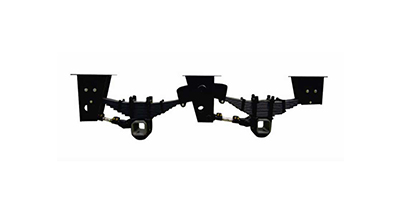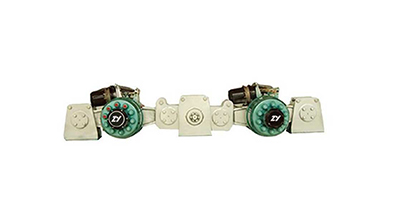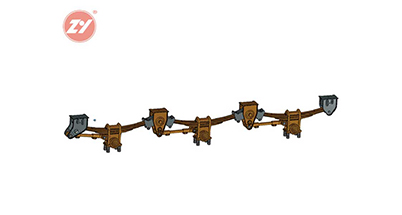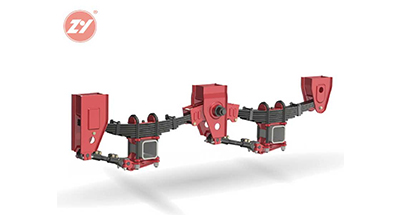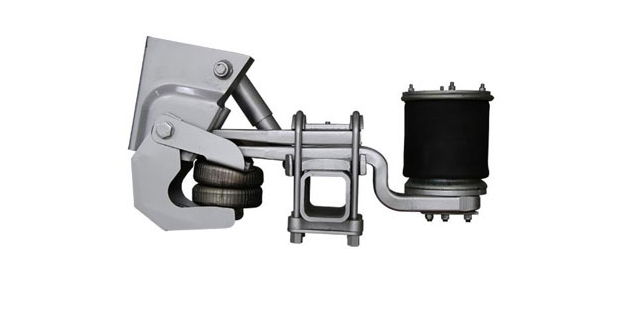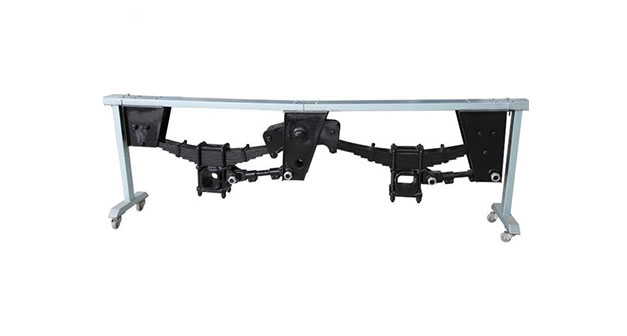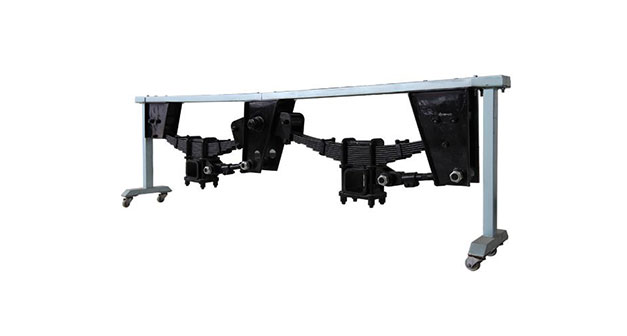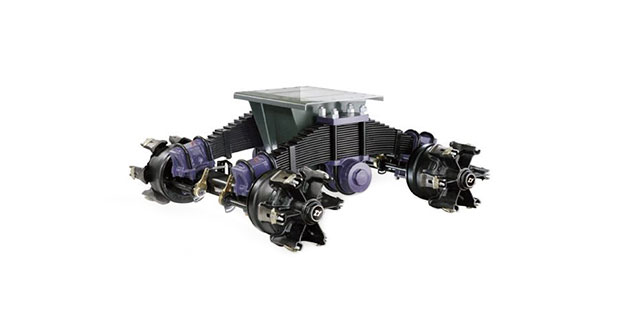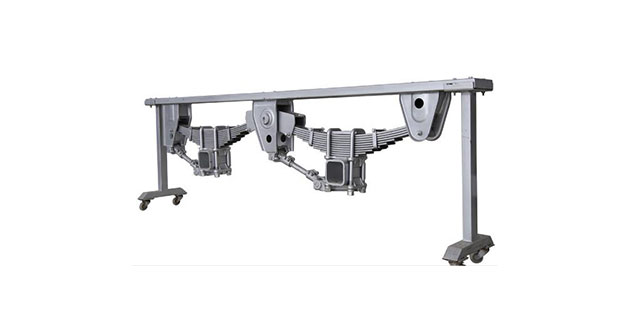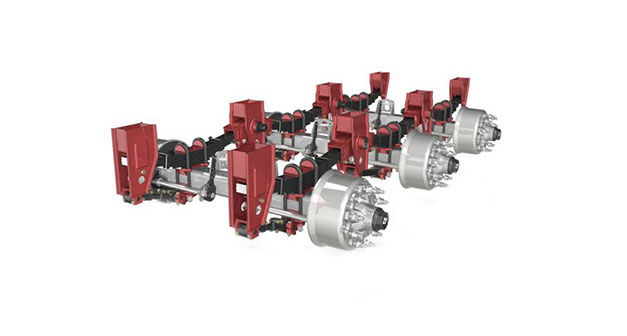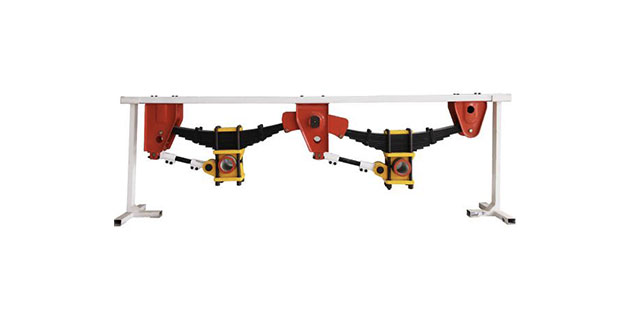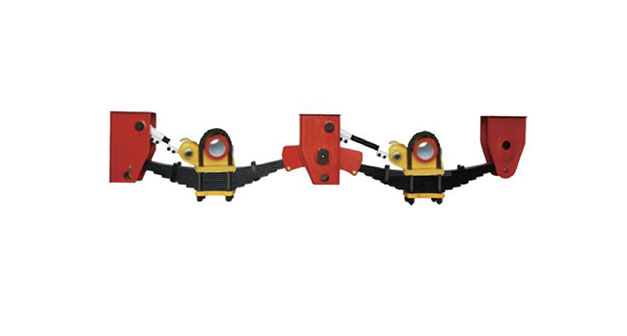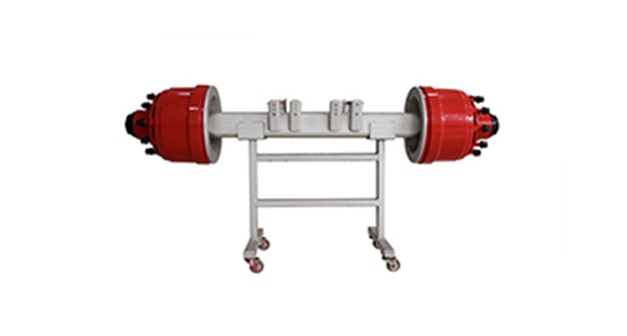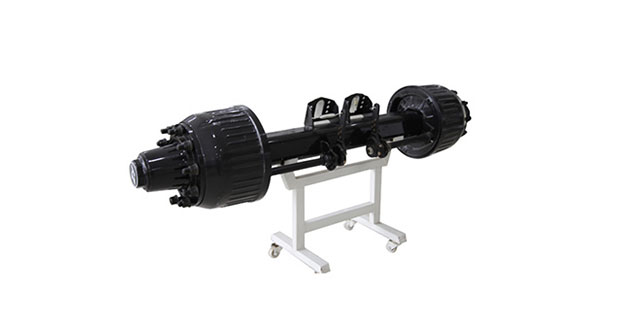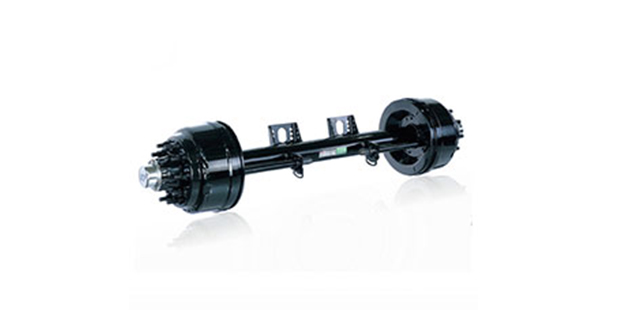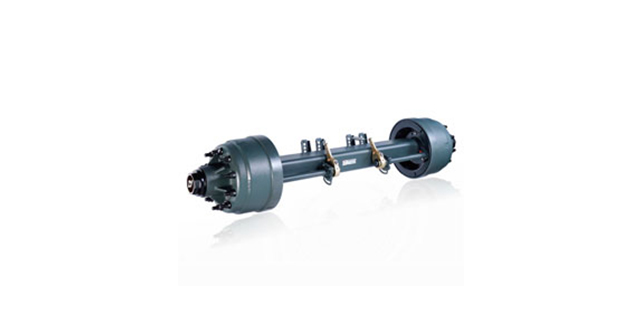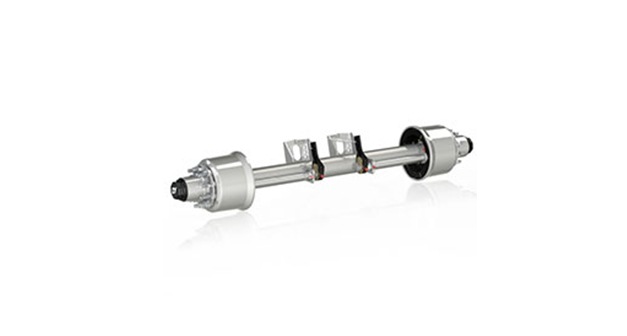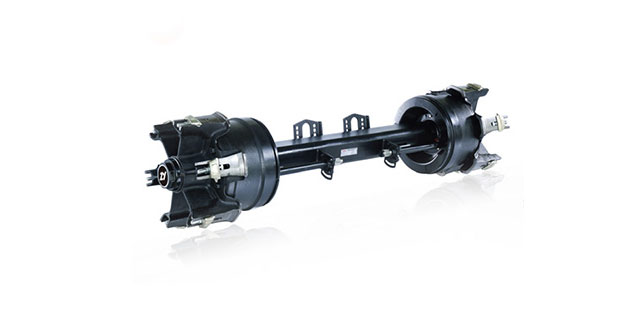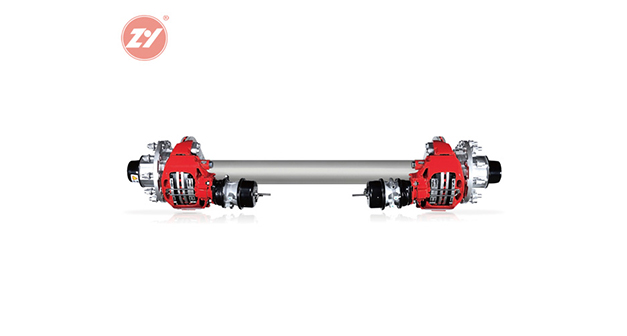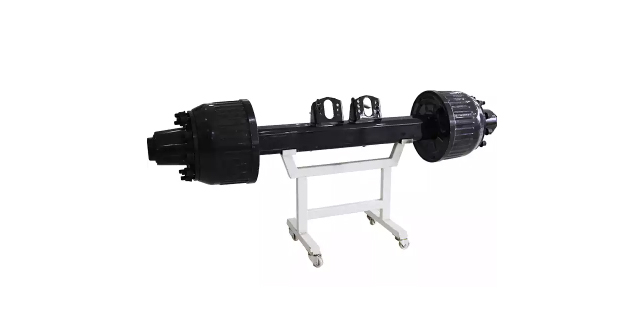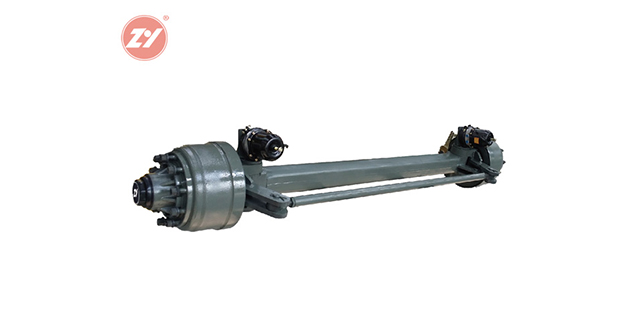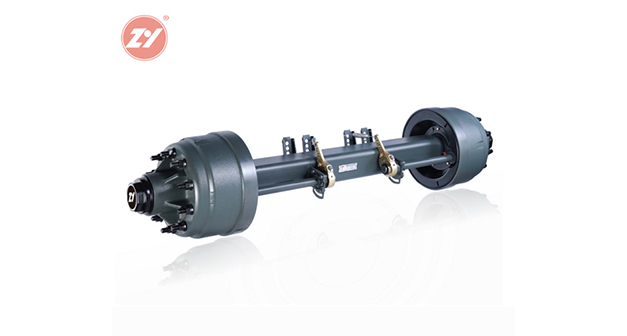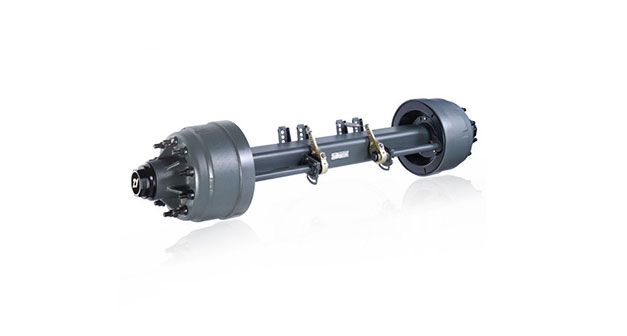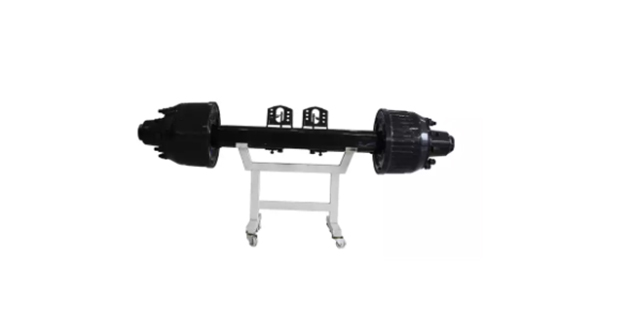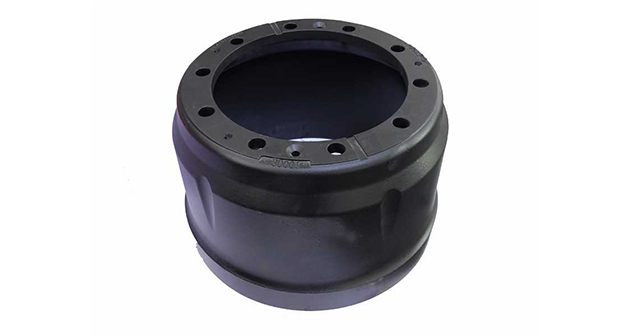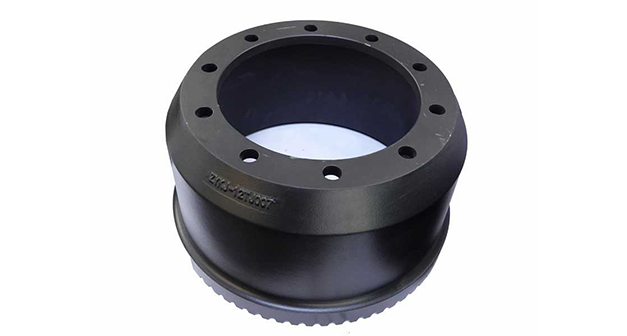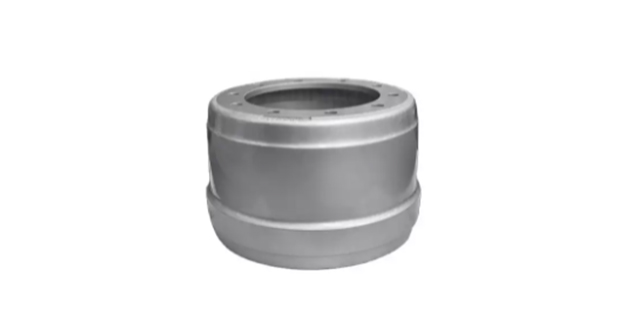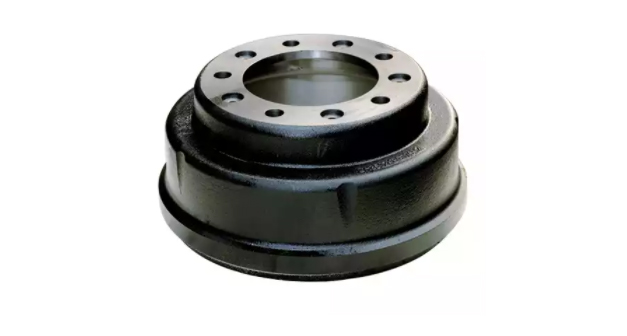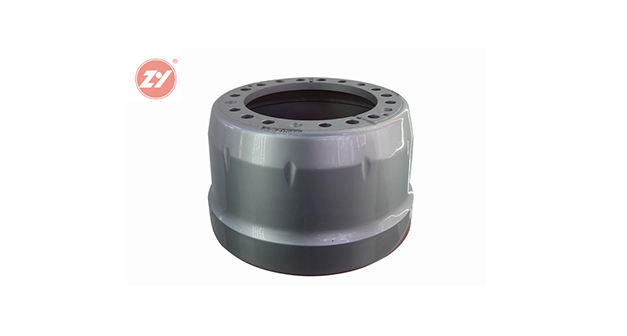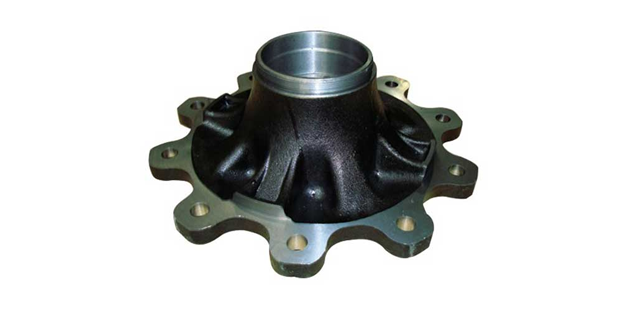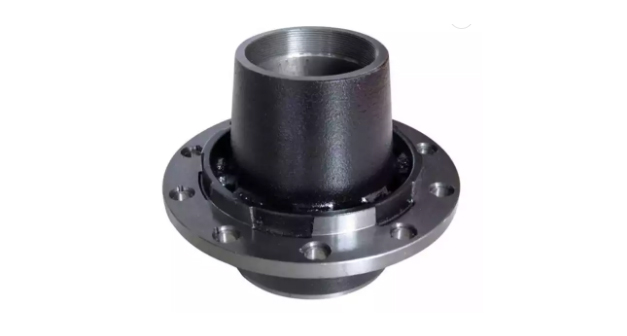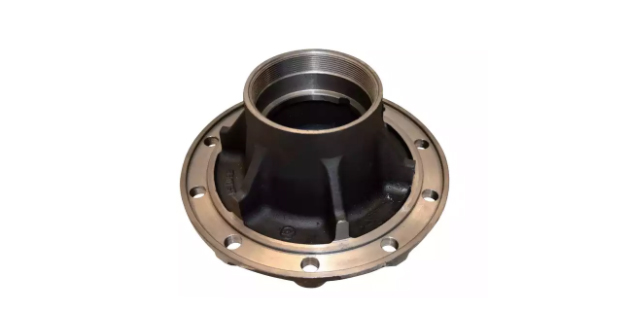Owning an off-road trailer is an invitation to adventure, but it also comes with the responsibility of proper maintenance to ensure trail-ready performance. The heart of an off-road trailer lies in its axle kit, and a well-maintained kit ensures a smooth and reliable journey through challenging terrains. In this guide, we delve into essential maintenance practices and troubleshooting tips for off-road trailer axle kits, ensuring your trailer is always ready for the next off-road escapade.
Regular Inspection: The Foundation of Maintenance
Routine inspections are the cornerstone of off-road trailer axle kit maintenance. Before embarking on any journey, take the time to visually inspect the axle, suspension components, and associated parts. Look for signs of wear, corrosion, or damage. Pay special attention to critical components such as the axle beam, springs, shocks, and bearings. Regular inspections provide early detection of potential issues and allow for proactive maintenance, preventing more extensive damage.
Lubrication: Keeping Things Moving Smoothly
Proper lubrication is essential for the longevity and performance of an off-road trailer axle kit. Regularly lubricate key components such as the wheel bearings, shackles, and spring leaves as per the manufacturer's recommendations. High-quality, waterproof grease is ideal for off-road applications as it provides better resistance to water and contaminants. Adequate lubrication reduces friction, minimizes wear, and ensures a smoother operation, contributing to the overall efficiency of the axle kit.
Tighten Fasteners: Securing Trail-Ready Stability
Off-road adventures subject the trailer to constant vibrations and impacts, which can lead to loosening of fasteners over time. Regularly inspect and tighten all bolts, nuts, and other fasteners to ensure they are secure. Pay attention to critical areas such as U-bolts, shackle bolts, and mounting hardware. Tightening fasteners prevents excessive movement, maintaining the stability of the axle kit and reducing the risk of component failure during off-road excursions.
Wheel Alignment: Straight and True for Optimal Performance
Proper wheel alignment is crucial for maintaining optimal performance and extending the life of an off-road trailer axle kit. Misalignment can lead to uneven tire wear, compromised handling, and increased stress on components. Periodically check the wheel alignment, ensuring that the wheels are parallel and the axle is straight. Adjust alignment if necessary, and address any issues promptly to prevent additional strain on the axle and associated parts.
Troubleshooting Tips
Unusual Noises
If you notice unusual noises such as grinding, squeaking, or clunking, it could indicate issues with bearings, suspension components, or worn-out parts. Investigate the source of the noise promptly and address any necessary repairs.
Uneven Tire Wear
Uneven tire wear can be a sign of misalignment, imbalanced load distribution, or suspension issues. Check for alignment problems, rebalance the load, and inspect suspension components for wear.
Excessive Play
Excessive play in the axle or suspension components may suggest worn-out bushings or loose fasteners. Inspect the components, tighten fasteners, and replace any worn-out parts.
Fluid Leaks
Any signs of fluid leaks, especially around the wheel hubs or brake components, should be addressed immediately. Leaks can indicate issues with seals, bearings, or brake components that require attention.
Maintaining an off-road trailer axle kit is a proactive approach to ensuring trouble-free adventures on the trail. Regular inspections, proper lubrication, tightening of fasteners, and addressing alignment issues contribute to the overall reliability and longevity of the axle kit. By incorporating these maintenance practices and promptly troubleshooting any issues that arise, you can keep your off-road trailer trail-ready for the countless adventures that lie ahead.

